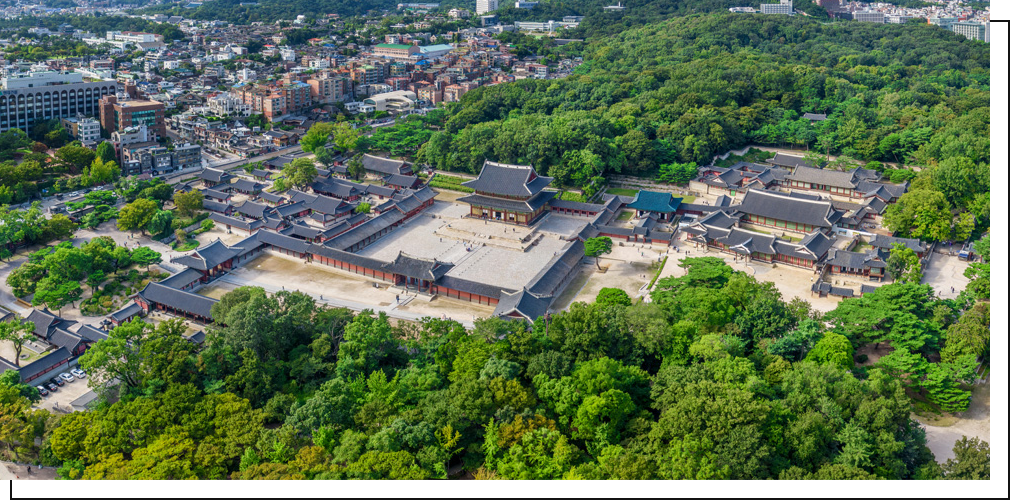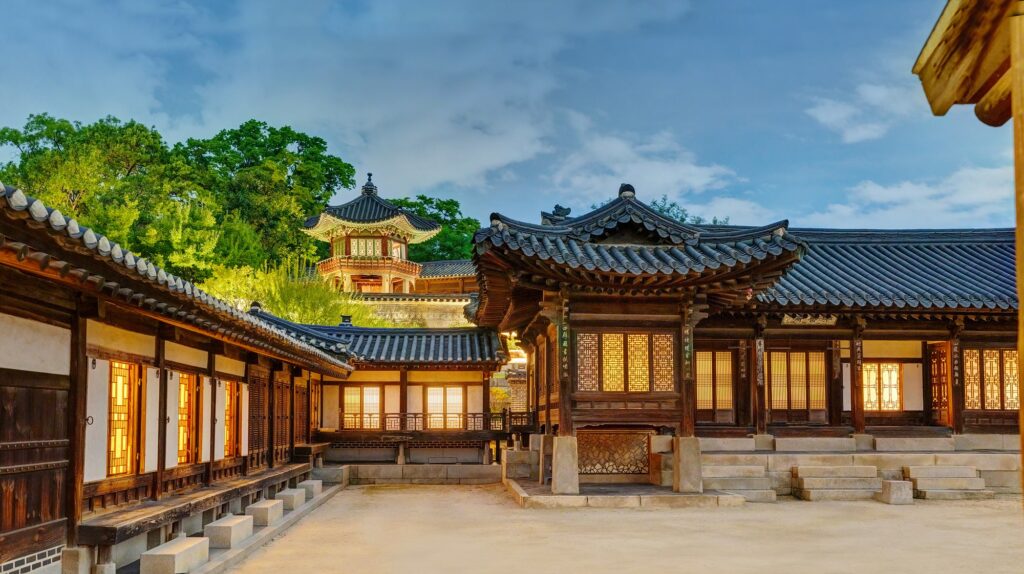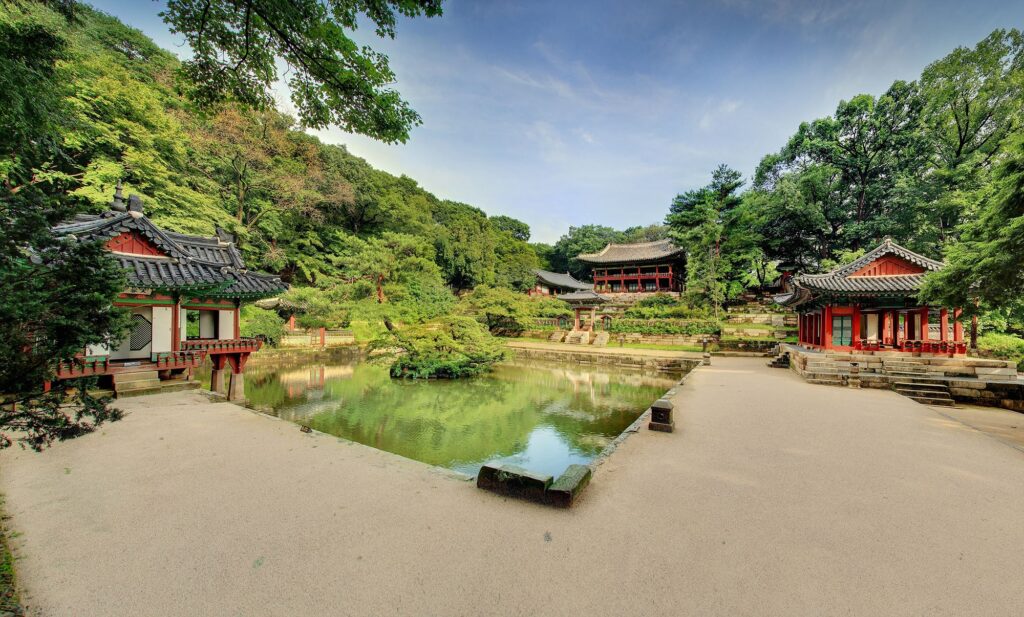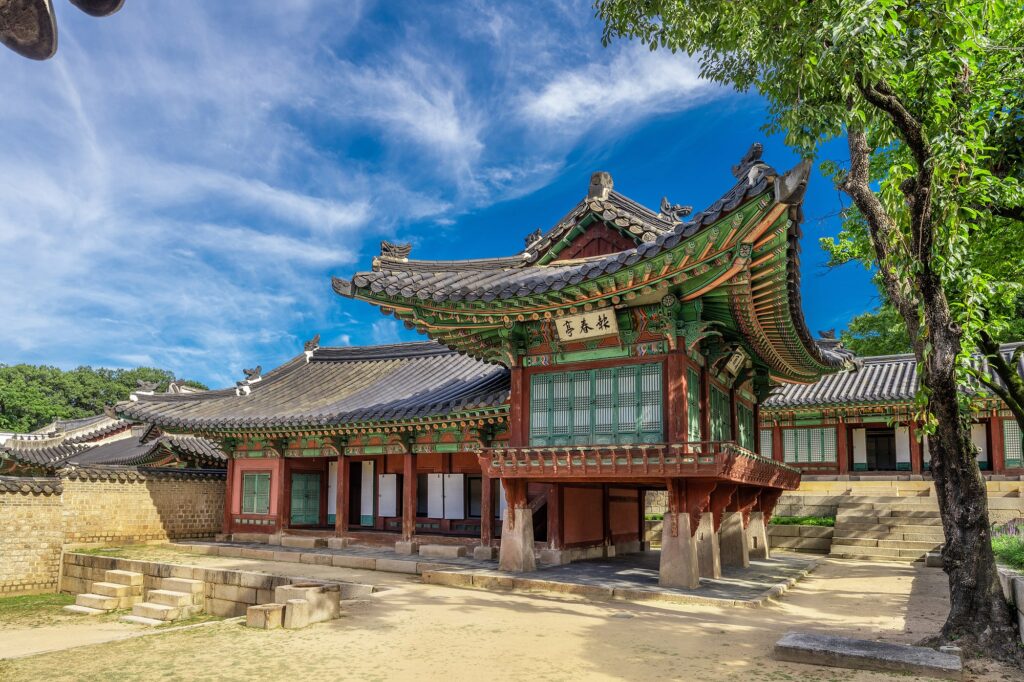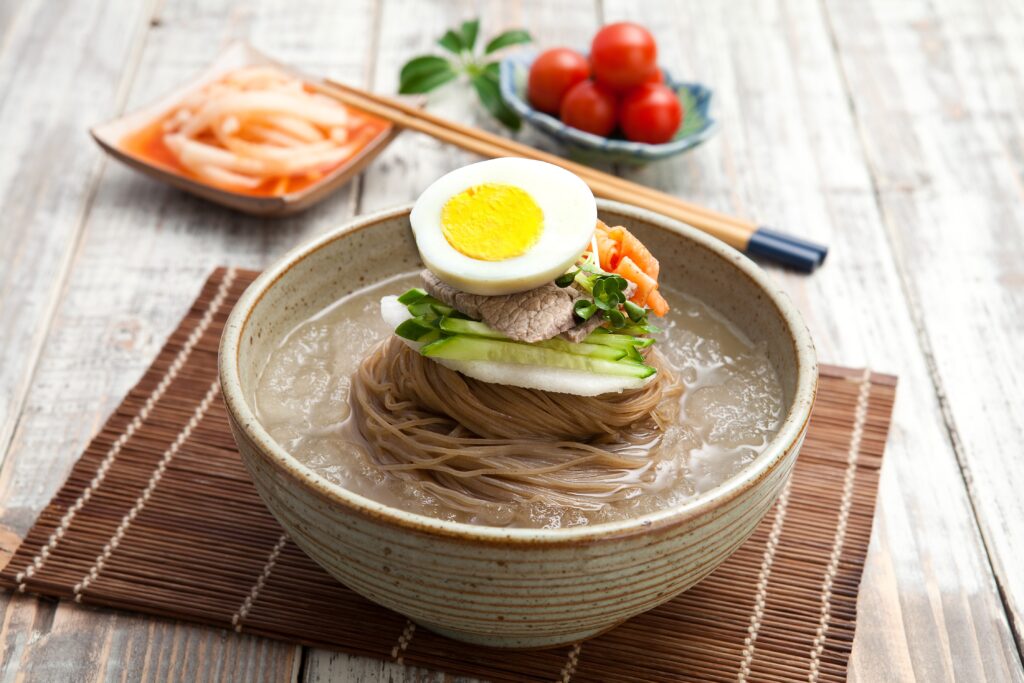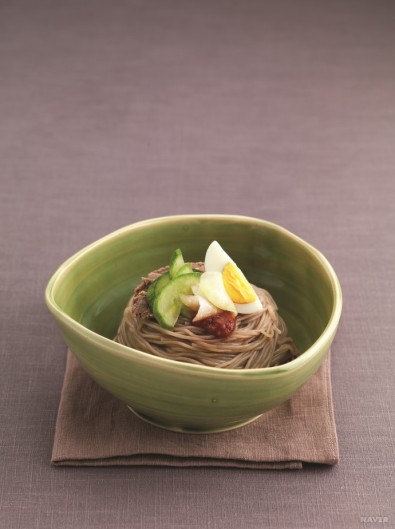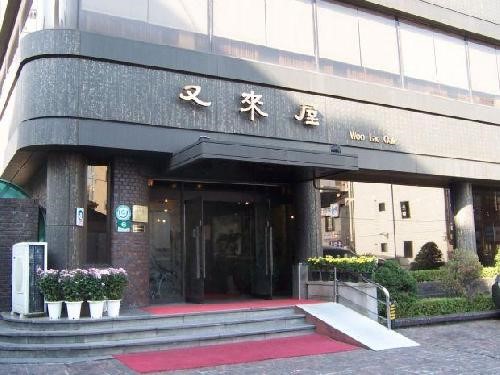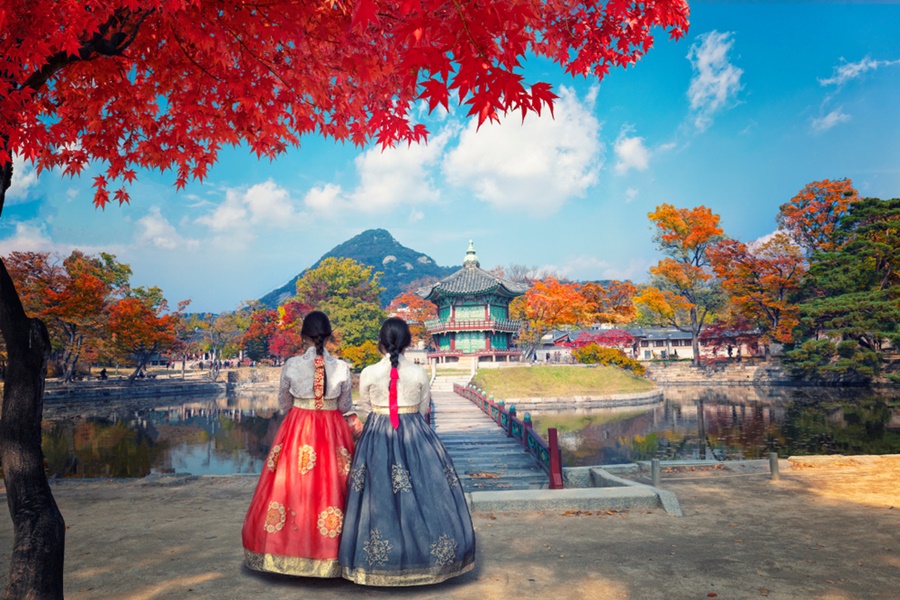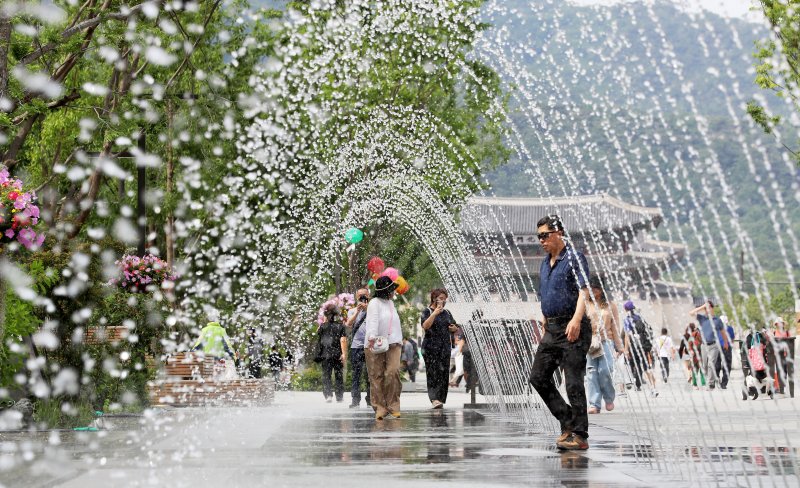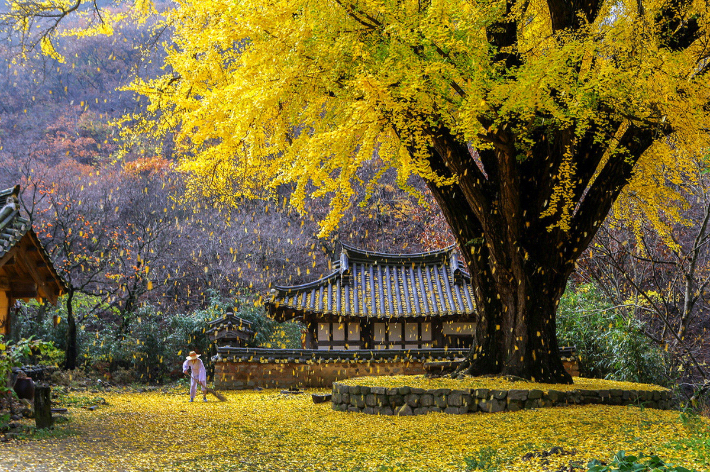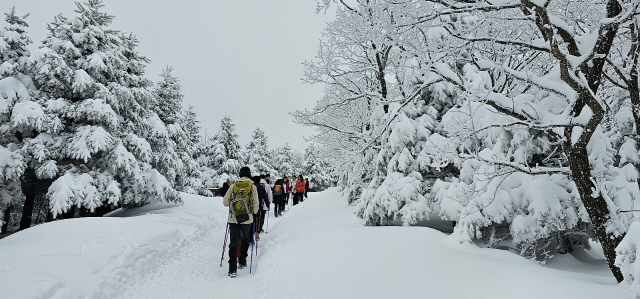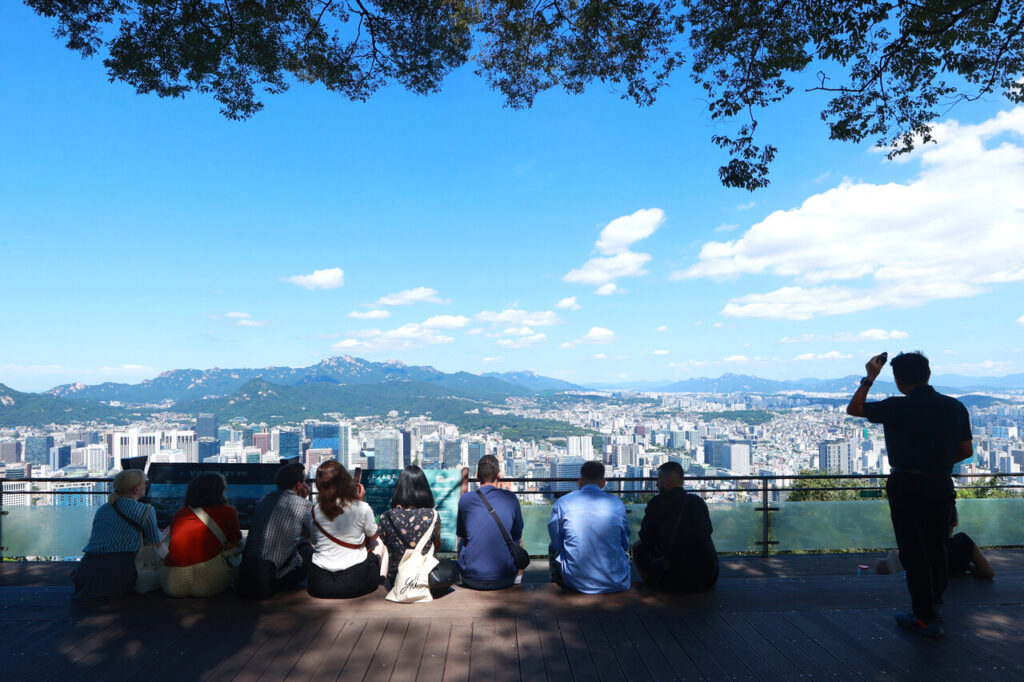If you’re curious about Korean cuisine, let me introduce you to gimbap (김밥)—a dish that’s as delicious as it is versatile. Often referred to as Korea’s version of sushi (though it’s quite different), gimbap is a staple food loved by locals for its convenience, flavor, and cultural significance.
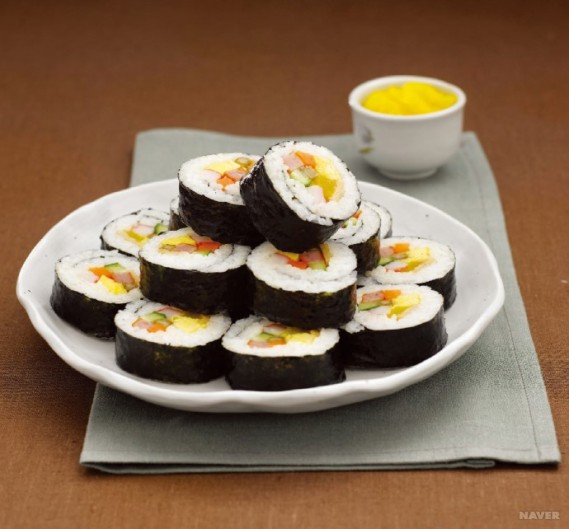
What is Gimbap?
Gimbap is a Korean rice roll made by wrapping cooked rice and various fillings in sheets of dried seaweed (gim, 김). The name itself comes from the combination of gim (seaweed) and bap (rice). It’s a dish that can be enjoyed anytime—whether as a quick snack, picnic food, or even a full meal1.
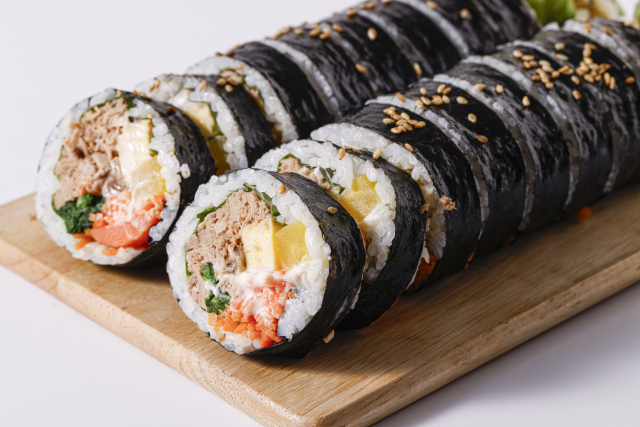
What Makes Gimbap Special?
Unlike sushi, which uses raw fish and vinegared rice, gimbap typically features seasoned rice mixed with sesame oil. The fillings are cooked or fresh ingredients such as:
- Vegetables: Carrots, spinach, cucumbers, and pickled radish (danmuji).
- Protein: Eggs, crab sticks, beef bulgogi, or fish cakes.
- Special Variations: Some gimbap rolls include cheese, tuna salad, or spicy kimchi for a modern twist.
Each bite delivers a delightful balance of flavors and textures—sweet, savory, crunchy, and chewy all at once!
Types of Gimbap
Gimbap comes in many varieties to suit different tastes:
- Traditional Gimbap: Filled with classic ingredients like egg, vegetables, and beef.
- Chungmu Gimbap: A minimalist version with plain rice rolls served alongside spicy squid and radish kimchi.
- Samgak Gimbap: Triangle-shaped gimbap sold at convenience stores—perfect for travelers on the go!
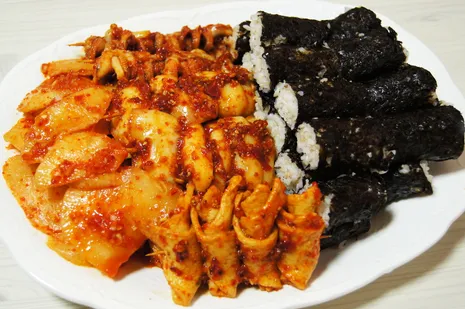
Where to Try Gimbap in Korea
You can find gimbap almost anywhere in Korea—from local restaurants to street food stalls and convenience stores. If you’re visiting Seoul, try famous gimbap shops like Gimgane or Kimbap Cheonguk (Gimbap Heaven). These places offer affordable yet delicious rolls that are perfect for sampling this iconic dish.
Why You’ll Love Gimbap
One of the best things about gimbap is its versatility. It’s portable, easy to eat, and endlessly customizable. Whether you prefer traditional flavors or adventurous combinations, there’s a gimbap roll for everyone! Plus, it’s budget-friendly—making it ideal for backpackers and casual travelers alike.
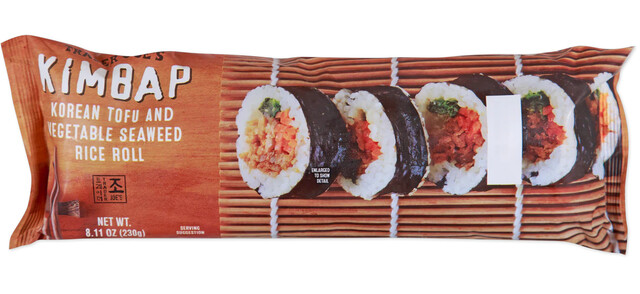
Tips for Enjoying Gimbap
- Pair gimbap with a bowl of hot soup like tteokguk (rice cake soup) or ramyeon for a satisfying meal.
- Don’t forget dipping sauces! Spicy gochujang (red chili paste) or soy sauce can add extra flavor.
- Try making your own gimbap at home—it’s fun and lets you experiment with your favorite fillings!
Gureum’s Suggestion
As your trusty feline guide, Gureum here to share my thoughts on the delightful world of gimbap! Whether you’re a seasoned fan or a curious first-timer, gimbap is truly a roll of happiness wrapped in seaweed. From the savory bulgogi-filled rolls to the vegan-friendly tofu and burdock options, there’s something for everyone to enjoy. And guess what? Gimbap isn’t just a Korean favorite anymore—it’s creating waves across the U.S.!
Frozen gimbap has taken America by storm, becoming a viral sensation on social media. People are frying it, pairing it with spicy ramen, or simply microwaving it for a quick and delicious snack. Trader Joe’s even struggles to keep its shelves stocked with these trendy rolls! This craze is part of the growing global love for Korean food, proving that gimbap is not just a meal—it’s an experience. So, if you’re in the U.S., don’t miss out on trying these frozen delights. Who knows? It might just lead you down a rabbit hole of other amazing Korean dishes.
As for me, I recommend enjoying gimbap fresh with a side of pickled radish (danmuji) and maybe a cozy cup of barley tea. It’s simple, comforting, and oh-so-satisfying—just like curling up in a sunny spot for an afternoon nap. Meow-velous, isn’t it?
